The GOP Has One Big Idea For Health Care Reform: Crappier Insurance
The American health care system is an expensive, sprawling mess. The Republican Party’s brightest idea for how to fix it? Make health insurance worse.
Here’s what the GOP has in mind: Weakened protections for people with pre-existing conditions. Skimpier benefits that leave out coverage for important medical needs. Less protection from financial harm due to illness. And a number of actions designed to make the Affordable Care Act’s exchanges less stable for the millions of Americans who use them.
GOP officials at the federal and state levels have proposed and undertaken a variety of new policies they say will make health insurance more affordable. During the seven-plus years between President Barack Obama’s signing of the health care reform law in 2010 and the collapse of the repeal attempt last year, President Donald Trump and congressional Republicans also promised over and over that they would repeal and replace the federal law with something better.
They didn’t. It turns out that’s not because they didn’t have any ideas. It’s because their best idea is … crappier health insurance.
If the only goal is to reduce monthly premiums, the GOP measures might sort of work for some people. Selling insurance products that are cheaper because they exclude the sick and leave policyholders with huge coverage gaps isn’t a very impressive trick. It’s kind of like promising to make cars cheaper by selling them without transmissions and then declaring you’ve solved the problem of auto affordability.
It’s true that some people could potentially access less-expensive insurance under the Trump administration’s deregulatory agenda. But those gains come with risks for the consumers. If you qualify for a health plan that screens based on pre-existing conditions or buy a policy with huge gaps in coverage, you might be left in the lurch when you really need care.
The risks are even greater for those who won’t have access to less-regulated insurance policies. People with illnesses or pre-existing conditions will face higher costs because they’ll be shut out of the cheaper options.
Moreover, segmenting the health insurance market between the healthy and the sick undermines the entire notion of insurance. Changing the rules to let insurers sell one set of policies to healthy people and another to those with pre-existing conditions and ongoing health care needs inevitably leads to the latter policies becoming costlier. And that’s not just a problem for those who are currently sick because everyone gets sick eventually, be it today or decades from now.
Here are nine ways Republicans in Washington and across the country are working together to make health insurance even worse.
1. Inaugural Executive Order
On his first day in office, Trump issued an executive order instructing the federal agencies responsible for the Affordable Care Act to find ways around it. This didn’t have much impact in and of itself, but it set the stage for much of what’s come after.
2. Inessential Health Benefits
The Affordable Care Act requires health insurance plans to include 10 categories of benefits, including hospitalization, prescription drugs, maternity care and emergency-room services. Each state chooses an existing policy in its market as a “benchmark” for these benefits.
This month, the Trump administration proposed a regulation that would let states select plans from other states as benchmarks or pick and choose elements of plans in another state ― say, prescription coverage ― and make those part of their own benchmark.
This is wonky stuff, but the notion behind it is to let states with a deregulatory bent allow the sale of plans with skimpier benefits and less financial protection than what’s on their local market now.
3. Not-So-Short Short-Term Plans
Health insurance plans intended to cover gaps in coverage ― for example, when you start a new job but your health benefits don’t kick in right away ― have been around for a long time. Most of the Affordable Care Act’s rules about benefits don’t apply to them, and they don’t have to cover pre-existing conditions. Typically, these policies had to be short-term, lasting only a few months. So the Trump administration came up with an idea: Let the bare-bones plans cover 364 days, essentially making them an alternative to yearlong policies.
The result will be a parallel insurance market for healthy people to buy bad coverage. And, again, the more healthy people not using the insurance exchanges, the worse it will be for everyone who still must, for they will see their premiums rise.
4. Associate Decree
Association health plans allow employers in the same field to band together to get a better deal on benefits for their workers. Think small companies that belong to the same trade group. That’s all pretty reasonable, and this type of plan has existed for a while.
After the Affordable Care Act became law, the Obama administration determined that association health plans had to follow the same rules on benefits and pre-existing conditions as other types of insurance. Trump proposed a regulation this year to reverse that and let these plans ignore some of the law’s consumer protection standards.
Under Trump’s proposal, these plans could leave out a lot of key benefits, making their premiums lower. That’s appealing to those who need coverage the least and unappealing to people who have to have medical care.
Still, cheaper insurance gets a lot more expensive if you try to use it and find out it doesn’t cover what you need. Oh, and there’s a long track record of association health plans not paying claims and even defrauding their customers.
5. Idah-Oh-No
In January, Idaho Gov. C.L. “Butch” Otter (R) devised an interesting approach to the Affordable Care Act: Pretend it doesn’t exist.
Otter issued an executive order inviting insurance companies to design health plans that, among other things, could charge people different rates based on their medical histories. This was so obviously a violation of the Affordable Care Act that even the Trump administration had to tell Idaho they couldn’t do it. But in its rejection, the administration reminded state officials that its own efforts to undermine Obamacare made the Idaho plan redundant.
6. Iowanna Follow The Affordable Care Act
Iowa Gov. Kim Reynolds (R) signed a law this month allowing insurance companies to sell policies through the Iowa Farm Bureau that also totally disregard the Affordable Care Act. How is Iowa ignoring the federal statute? It simply declared that this insurance is not insurance. No, really.
These farm bureau policies will be permitted to reject people with pre-existing conditions or at least charge them higher premiums. They won’t have to follow federal law governing what benefits must be covered. And insurers will once again be allowed to set hard-dollar limits on how much they’ll cover in a year or over a patient’s lifetime. All of that is illegal under the Affordable Care Act.
7. Extra #Liberty
Congress passed a huge tax bill last year that, among other things, repealed the individual mandate, a central component of the Affordable Care Act that required most U.S. residents to obtain health coverage or face tax penalties. Starting in 2019, those penalties won’t exist anymore.
The mandate has always been unpopular ― even 2008 presidential candidate Obama opposed it before taking office and changing his position ― and it won’t be mourned by anyone but health insurance companies and some health care policy nerds.
But even though the mandate didn’t work as well as the law’s authors expected, it served a purpose by nudging healthier people into buying insurance. That meant more money coming into the system to cover the costs of the less healthy. There’s now one less reason for people to get covered. Combine that with the availability of those other types of plans that cater to the healthy, and it spells a sicker, more expensive mix of people on the exchanges. That will lead to higher costs for them.
8. The Check Isn’t In The Mail
Trump threatened for months last year to cut off payments that the federal government owed insurance companies serving low-income Obamacare customers and, in October, he finally did it.
The Affordable Care Act requires insurers to provide discounts on out-of-pocket costs, like deductibles and copayments, to exchange customers with incomes below 250 percent of the federal poverty level, which amounts to about $30,000 for a single person. The government is supposed to pay the insurers back. Trump won’t.
This looked like it would throw the exchange markets into turmoil as insurers worried about financial losses would look to recoup them through enormous premium increases or even stop selling this kind of insurance at all.
Fortunately, that didn’t happen because insurance companies and state regulators figured out a clever way to increase premiums only on subsidized products in most states. Because the value of the government subsidies rises with the price of the insurance, those consumers were mostly shielded from the higher premiums. But people who didn’t qualify for financial assistance had to bear the full brunt. Plus, those higher subsidies cost the federal government a lot of money.
Still, it worked out better than many expected. So naturally, the administration is considering a ban on the solution that insurers and states came up with to protect subsidized consumers.
9. Listen All Y’all, It’s A Sabotage
The open enrollment period for exchange customers last November and December was the first over which the Trump team had total control. They took advantage.
They cut the sign-up period in half. They cut the budget for enrollment assistance by 40 percent. They cut the advertising and outreach budget by 90 percent. They forbade federal employees from participating in local enrollment efforts. The Department of Health and Human Services even used money intended to promote enrollment on a public relations campaign advocating Affordable Care Act repeal.
It’s remarkable that this mix of less effort and higher costs didn’t cause enrollment to plummet. Sign-ups did fall this year to 11.8 million, about 400,000 less than for 2017. But it’s telling that the decline occurred almost entirely in the 39 states where the federal government runs the exchanges. Enrollment was flat in state-run exchanges in 11 states and the District of Columbia because they weren’t affected by Trump’s budget cuts and because most held longer enrollment periods.
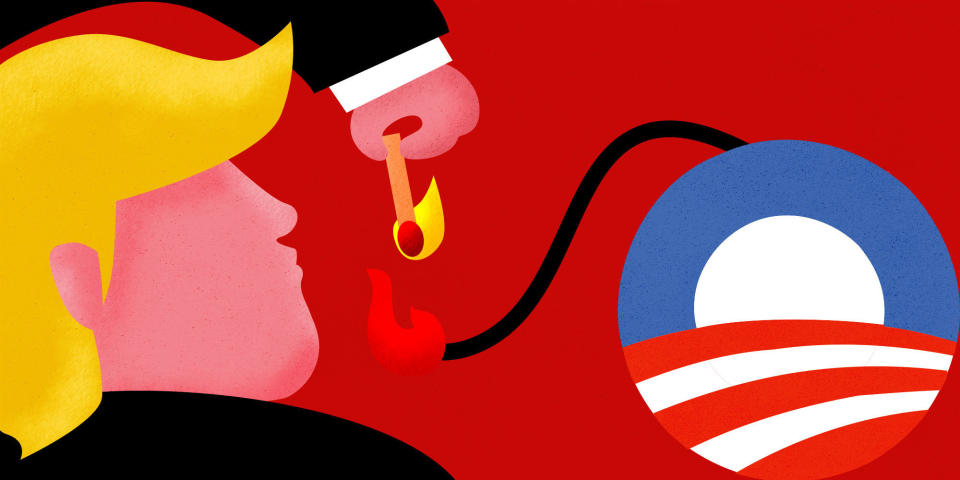
Also on HuffPost
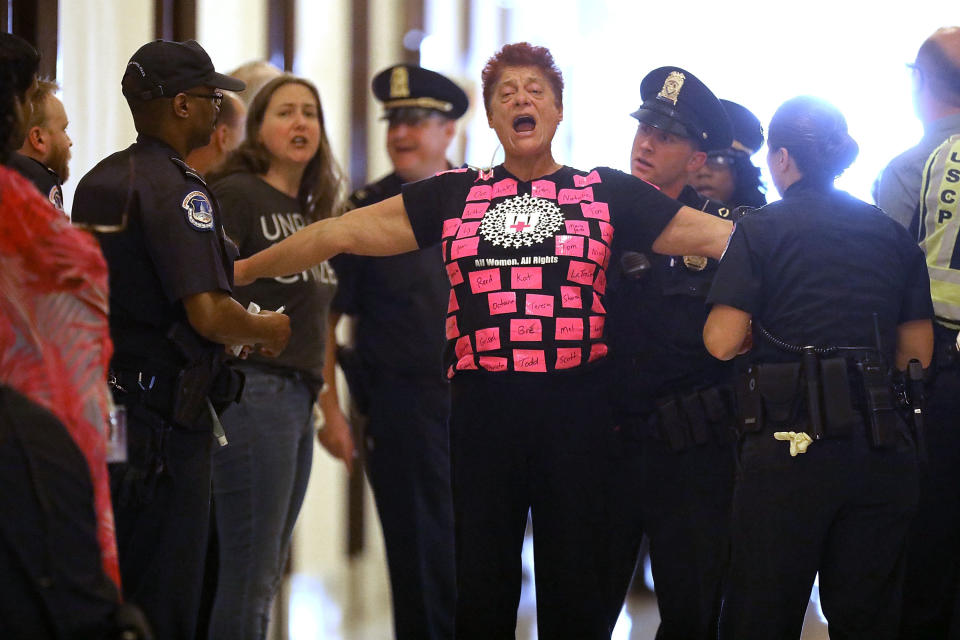
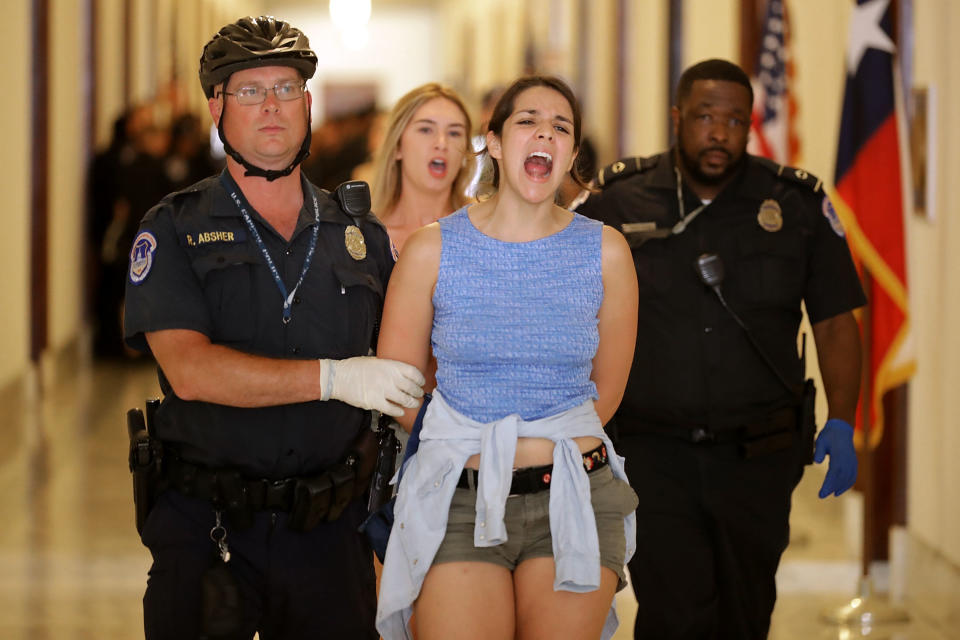


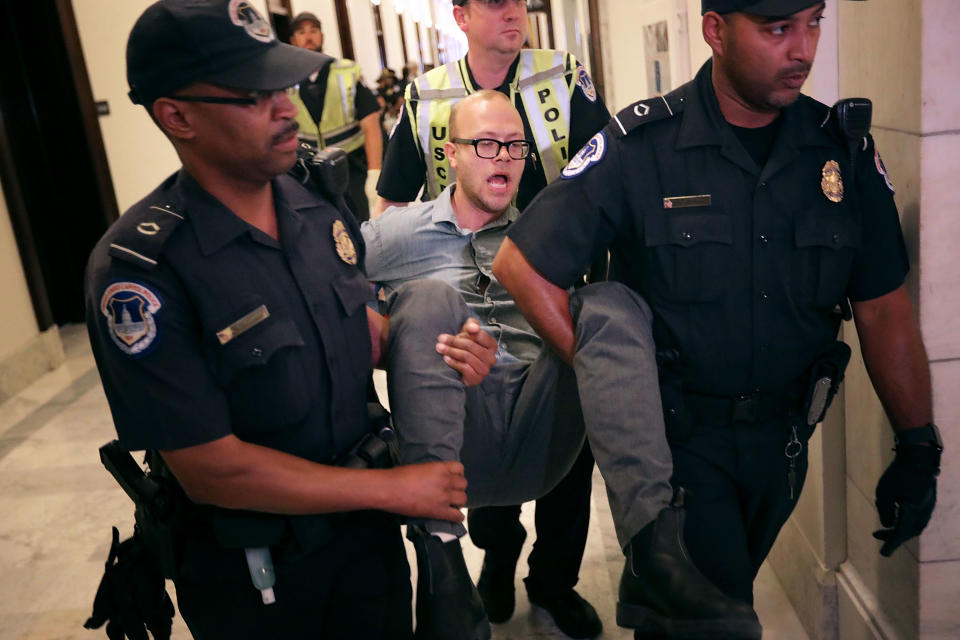
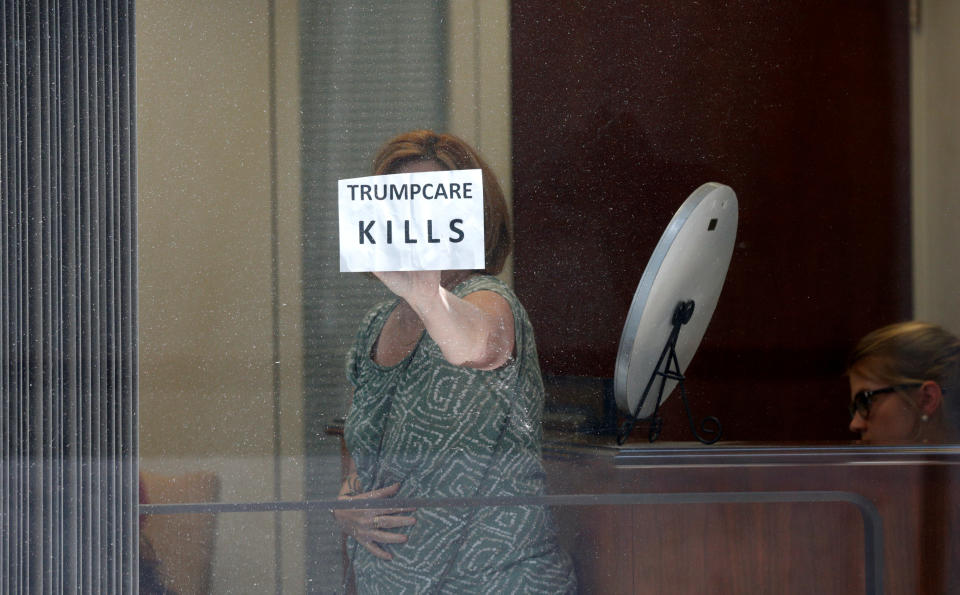
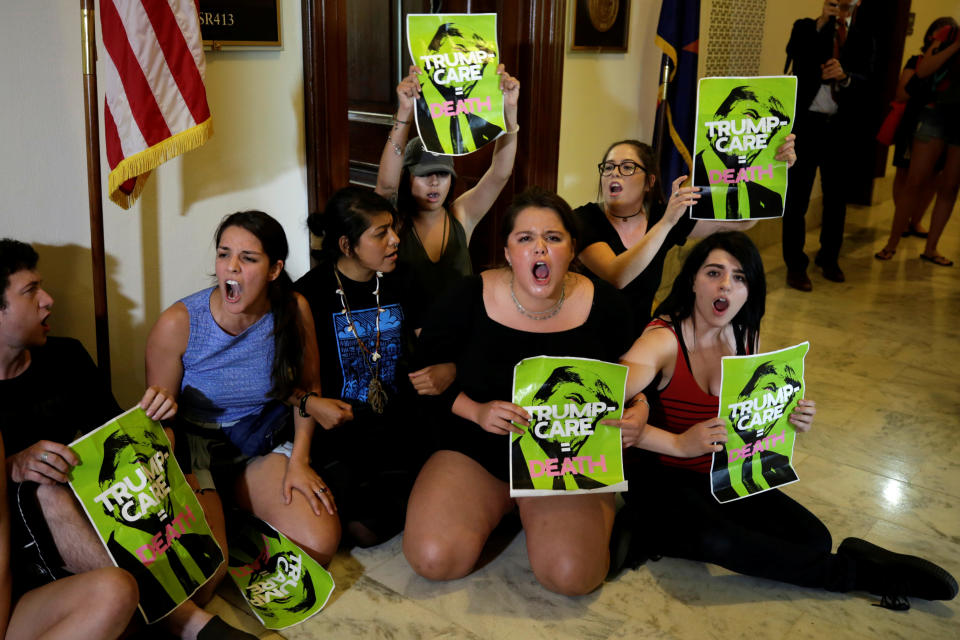
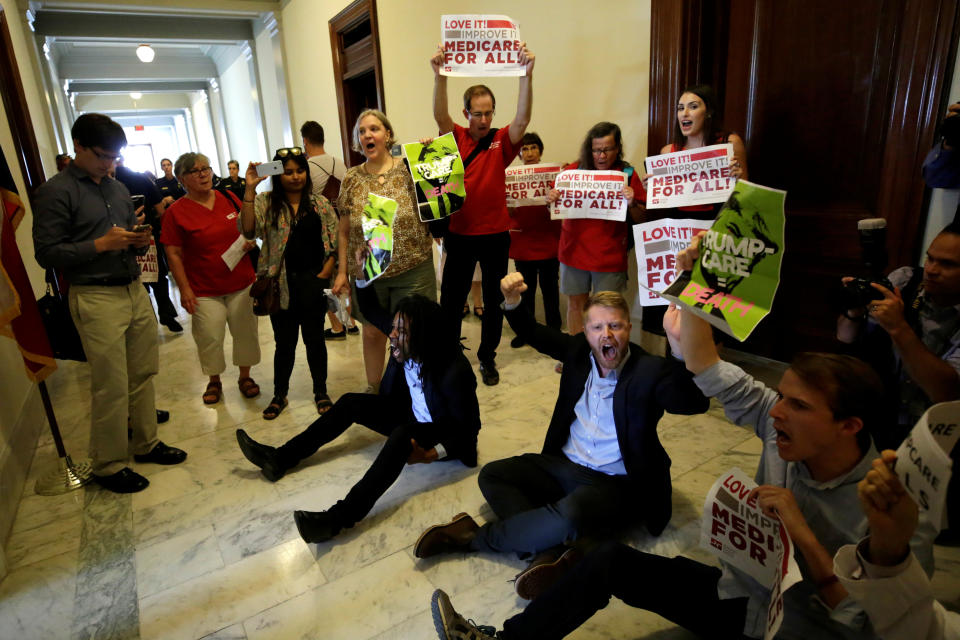
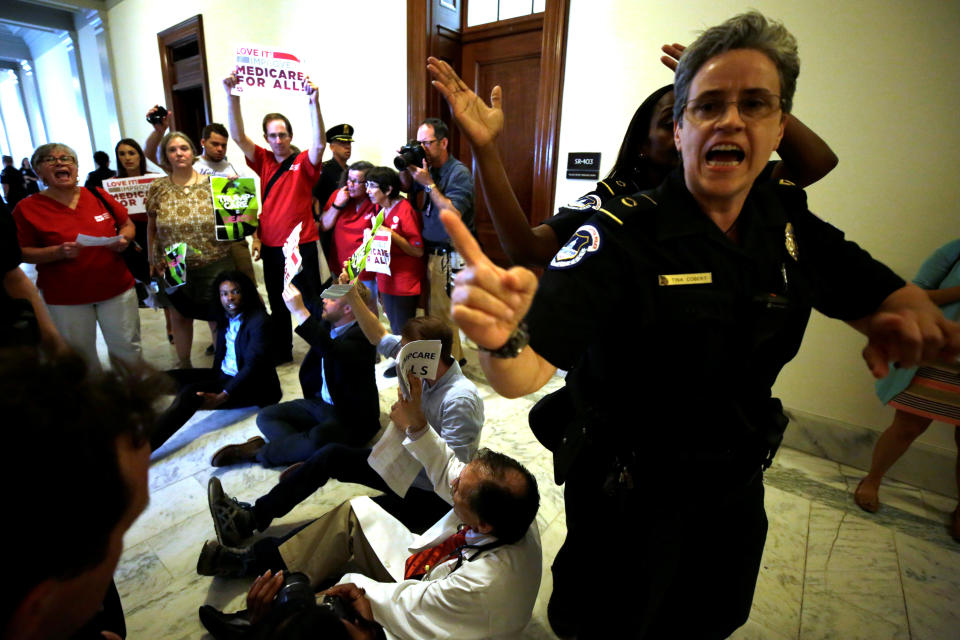

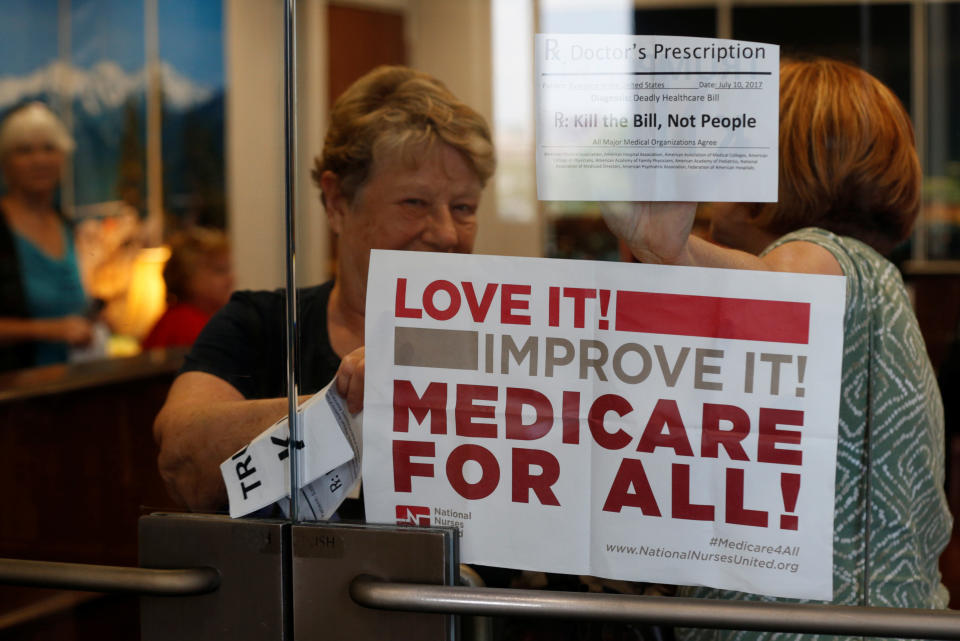
Love HuffPost? Become a founding member of HuffPost Plus today.
This article originally appeared on HuffPost.

